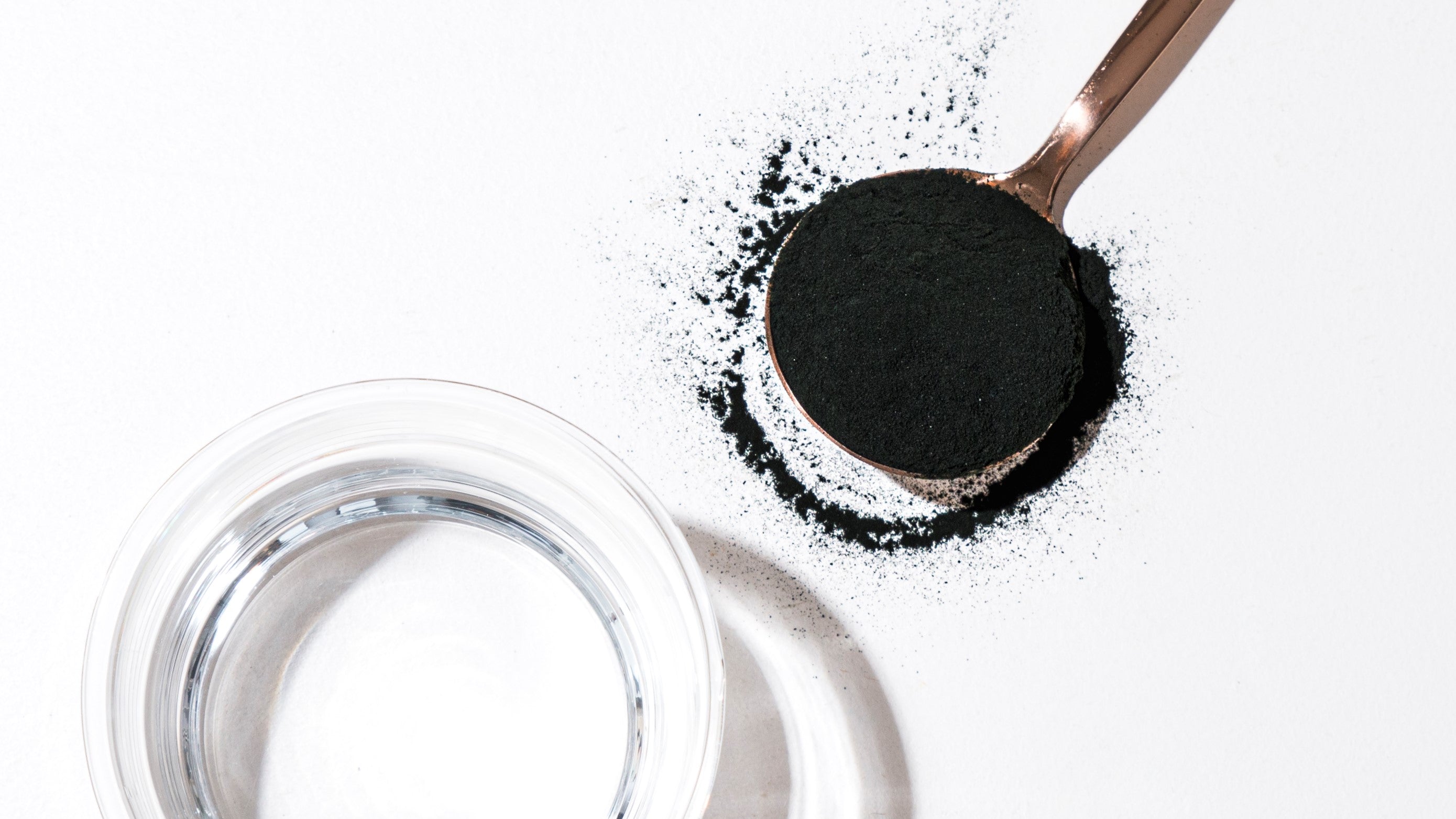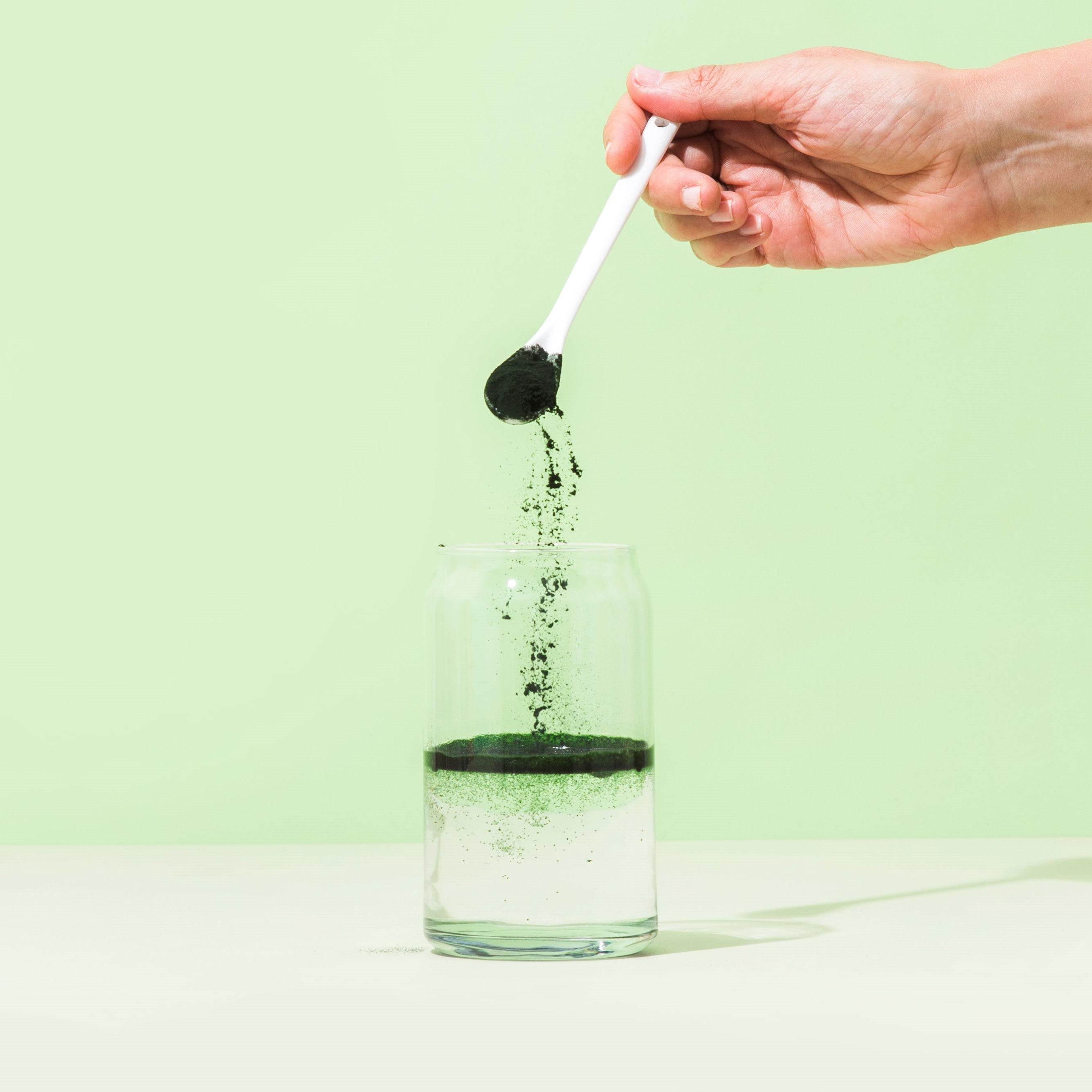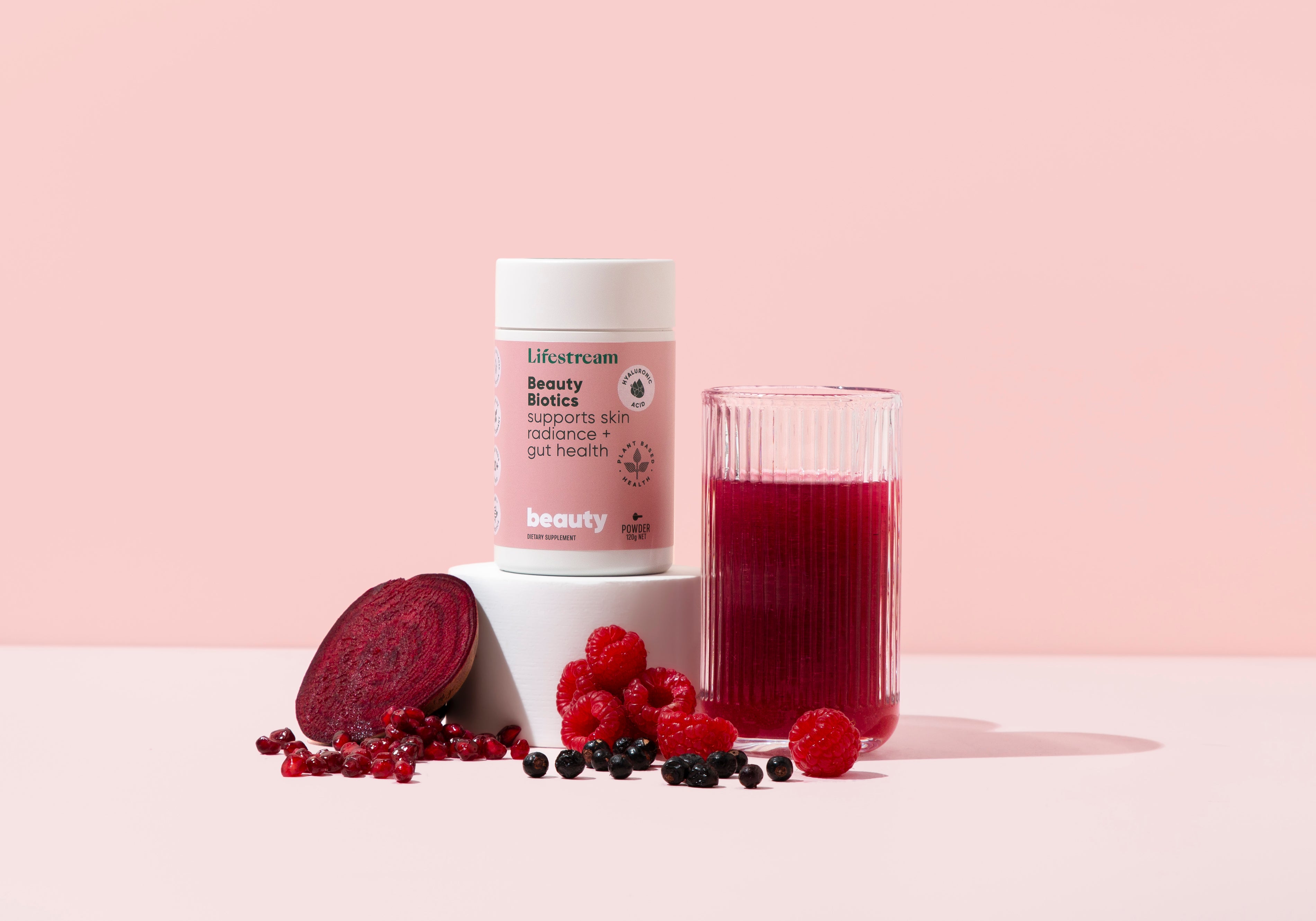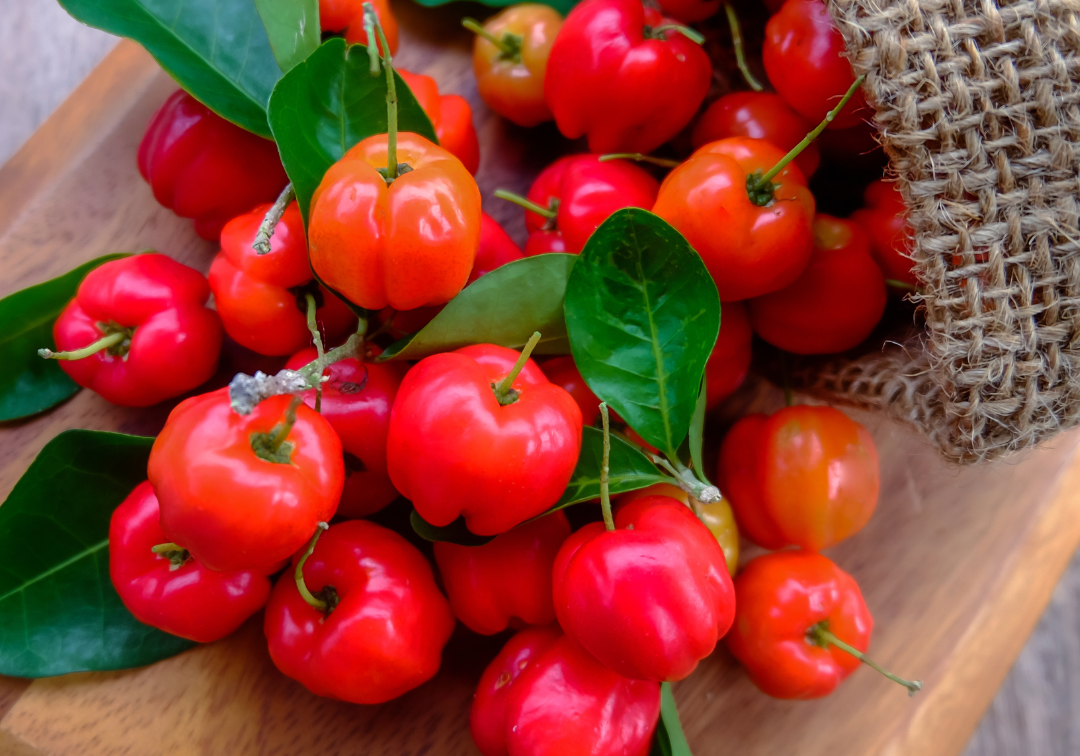What Is Spirulina Good For? Discover the Benefits of Spirulina for Yourself
Spirulina is often a word you will have heard before, but what is this mysterious blue-green powder? And what is spirulina good for in terms of our overall health and wellbeing?Below is our guide to the spirulina New Zealanders loves. Read on and learn all about this nutritious energy supplement, including what spirulina is and its incredible benefit.
What is Spirulina?
Spirulina is described as a blue-green algae because and is known for its vivid colour and microscopic size. It’s the phycocyanin (blue) and chlorophyll (green) that give this superfood its incandescent hue, and since it’s a plant, it also relies on this to attract the sunlight needed to make its own food via photosynthesis.
The History of Spirulina, from Aztecs to NASA
There are estimated to be anywhere up to one million species of algae on earth. So, as one of our favourites, what makes spirulina so special?
It was known to be the food of the Aztecs as far back as the 1500s, and explorers discovering populations in central Africa also understood the value of this algae and its numerous benefits. First researched in the 1960s, spirulina was considered the “most nutritious green food” and a “food source for the future” because of its nutrient density. It is because of this nutrient-dense make-up that spirulina was recognised by the WHO (World Health Organisation) as a very suitable food for malnutrition.
Spirulina and its status as a nutritional powerhouse rose to fame in the West when it was given as a supplement to NASA astronauts on space missions in the 1970s. Astronauts’ bodies endure extreme conditions which can lead to reduced bone density, muscle loss, lowered immunity, and toxin build-up, not to mention the effects of radiation exposure. Because of the pressure on their bodies, it makes sense that this super nutrient-concentrated super-star would be a great option since a little gives a lot.
What Good Things Make Up Spirulina?
As well as being nutrient-dense, this amazing algae is easily digested and assimilated into the body because it contains much less cellulose compared to other green plants. That means your nutrients are not getting held up with digestion and your body can access them quicker.Spirulina’s Many Nutrients
So, what are those nutrients, and why is the word ‘superfood’ associated with spirulina? Well, it’s because spirulina is renowned for being abundant in vitamins, minerals, phytochemicals, and antioxidants. Some of these nutrients include beta-carotene (which your body converts to vitamin A), and minerals like calcium, magnesium, zinc, and iron. And all of these are wrapped up in a microscopic algae!Spirulina as a Protein Powerhouse
Spirulina is made of 60% complete protein. Other foods that contain a complete complement of protein include eggs, meat, fish, and dairy. A 'complete protein' means that it contains all 9 essential amino acids. Amino acids are the building blocks that form protein and are essential due to your body’s inability to make them from scratch, so they must be taken from your food.
Interestingly, spirulina is second only to eggs for more usable protein, compared to meat, fish, or dairy.
Included in its protein profile is a protein unique to spirulina. It’s called phycocyanin (pronounced fyco-cy-anin). This protein is blue and is also a water-soluble antioxidant. Studies have shown it to help with a healthy response to inflammation, allergy and immune health, and the potential for supporting the health of key detoxification organs.
Given inflammation and toxins are recognised as key contributors to illness in the body, it’s important to do what you can to reduce their impact as much as possible.
Take a look at the table. It shows protein content vs usable protein for your body. Spirulina rates 2nd to eggs—were you surprised to see beef coming in last?
|
Protein |
Protein % |
Usable Protein % |
|
Spirulina |
65 |
40 |
|
Whole dried egg |
47 |
44 |
|
Brewer’s Yeast |
45 |
23 |
|
Whole Soybean Flour |
37 |
23 |
|
Skimmed milk powder |
36 |
30 |
|
Parmesan Cheese |
36 |
25 |
|
Peanuts |
26 |
10 |
|
Chicken |
24 |
16 |
|
Fish |
22 |
18 |
|
Beef meat |
22 |
15 |
|
Resource Switzer, The Whole Food Revolution 1982, Pg 21 |
|
|
What Other Goodness is in Spirulina?
Chlorophyll is a pigment found in green plants and plays an important role in photosynthesis for plants. Chlorophyll has also been dubbed a “blood builder” and is chemically similar to haemoglobin, the oxygen-carrying protein in your red blood cells. Adding to this, chlorophyll was also given to patients on hemodialysis as part of a study. Patients given chlorophyll were found to have better red blood cell counts compared to those given a placebo.
GLA (gamma-linolenic acid) and LA (linoleic acid) are omega 6 fatty acids. There is a misconception that all omega 6s are bad. In fact, the problem more often lies in the ratio of omegas that we eat. The ideal ratio is 4:1 of omega 6:3.
However, a western diet heavy in highly processed fatty fast foods increases the ratio the wrong way—and let’s not forget that these foods are commonly high in calories but with little nutritional payback. GLA and LA are great support for eye, weight, heart, and joint health.
Increase Omegas & Overall Health With Lifestream
If you’re looking for extra omega 3 to balance your diet and support your body, check out our Vegan Omega-3. Our algae are pure, so we’ve bypassed our precious ocean-dwelling friends and gone straight to the source of omega 3.
Here at Lifestream, we’re dedicated to your health and well-being. We have a wide range of all-natural, plant-based supplements and superfoods to get your body back on track, as nature intended. Explore our supplements online and enhance your nutrition today.




